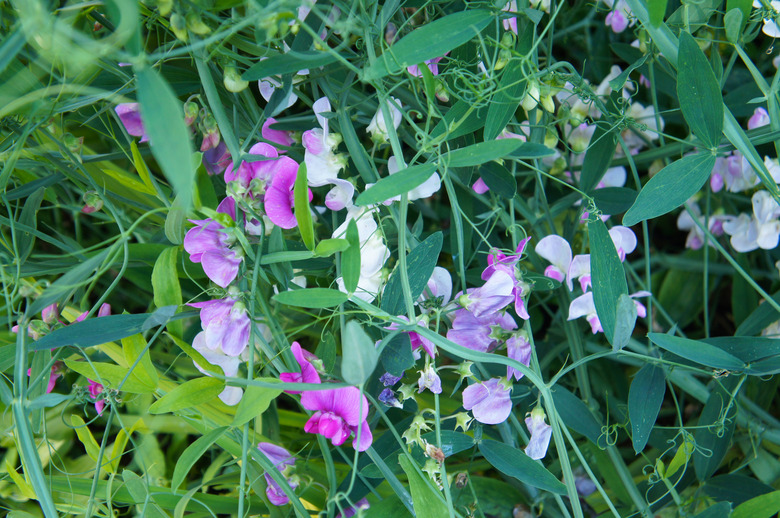What Role Do Plants Play In The Water Cycle?
Earth is called the "Blue Planet" when viewed from space because almost 70% of its crust consists of water bodies. Water is essential for the survival of life on earth, as is evident from the fact that the first life form originated in the seas more than 3.5 billion years ago.
Water evaporates from bodies of water and plants due to the sun's heat, and rises higher in the atmosphere in the form of water vapor. At cloud level, the cold temperature condenses water vapor into microscopic water droplets. These water droplets accumulate to form rainclouds that cause precipitation on earth, thus, returning water to the earth. This cyclic process of evaporation, transpiration, precipitation and absorption of water is called water cycle.
The water cycle is an important ecological process that maintains the proportion of water in earth's atmosphere and ecosystems. The water cycle involves cyclic movement of water from water bodies and groundwater into the atmosphere through plants, which play a role in this cycle by photosynthesis and transpiration.
Read more about the water cycle.
What is Transpiration?
What is Transpiration?
Transpiration is the process by which moisture leaves the green plants through small openings in their leaves called stomata. Stomata are present on leaves and stems of plants and are outlets for plants to exchange water and gases.
Root hair present at the terminal ends of roots absorb moisture from surrounding soil and transport it to the leaves through the stem. Leaves release this absorbed moisture into the atmosphere by transpiration.
In dry weather conditions, the stomata expand and open wide to release water vapor during transpiration to keep the plant cool and also pulls up groundwater through their roots to the leaves. During wet and cool weather conditions, the openings of stomata shrink to prevent transpiration, reducing absorption of groundwater through roots.
Read more about two environmental factors that affect transpiration.
Role of Plants in Water Cycle
Role of Plants in Water Cycle
Plants need water to grow and maintain their structure. They absorb groundwater, that is, water collected below ground level due to percolation of rain water, through their root system. During precipitation, water that falls on the ground is absorbed deep into the soil by plant roots.
Vegetation plays an important role in the water cycle by preventing soil erosion and increasing groundwater levels. In areas with thick vegetation cover, the foliage cover breaks the force of precipitation falling on the ground, which may otherwise cause erosion. Green plants also release water vapor in the air as a by-product of photosynthesis, thus involving groundwater in the water cycle.
Effect of Plants on Water Cycle
Effect of Plants on Water Cycle
The role of plants in the water cycle is easily demonstrated by comparing tropical rainforests and places that have been heavily deforested. Rainforests are densely packed with different types of vegetation, from tall trees to ground level grasses. Plants in such areas have high transpiration rates, and water vapor released from plants is visible in the form of steam rising from the vegetation. This expelled water vapor helps to cool the area and retain moisture.
On the other hand, many urban areas have cut down vast forest land for constructing buildings and procuring raw materials for various manufacturing industries. Lack of forest cover results in soil erosion and depleted groundwater reserves as there are not plant roots to absorb water deep into the soil.
Over time, deforested areas become arid and often get flooded or face droughts. Without plants, there is no way for surface runoff to percolate deep into the ground and therefore, the groundwater level keeps getting depleted. Moreover, no transpiration occurs in deforested area, eventually leading to low moisture content in the atmosphere and dry arid environmental conditions.
Cite This Article
MLA
Naik, Kavita. "What Role Do Plants Play In The Water Cycle?" sciencing.com, https://www.sciencing.com/role-plants-play-water-cycle-5553487/. 22 November 2019.
APA
Naik, Kavita. (2019, November 22). What Role Do Plants Play In The Water Cycle?. sciencing.com. Retrieved from https://www.sciencing.com/role-plants-play-water-cycle-5553487/
Chicago
Naik, Kavita. What Role Do Plants Play In The Water Cycle? last modified March 24, 2022. https://www.sciencing.com/role-plants-play-water-cycle-5553487/
